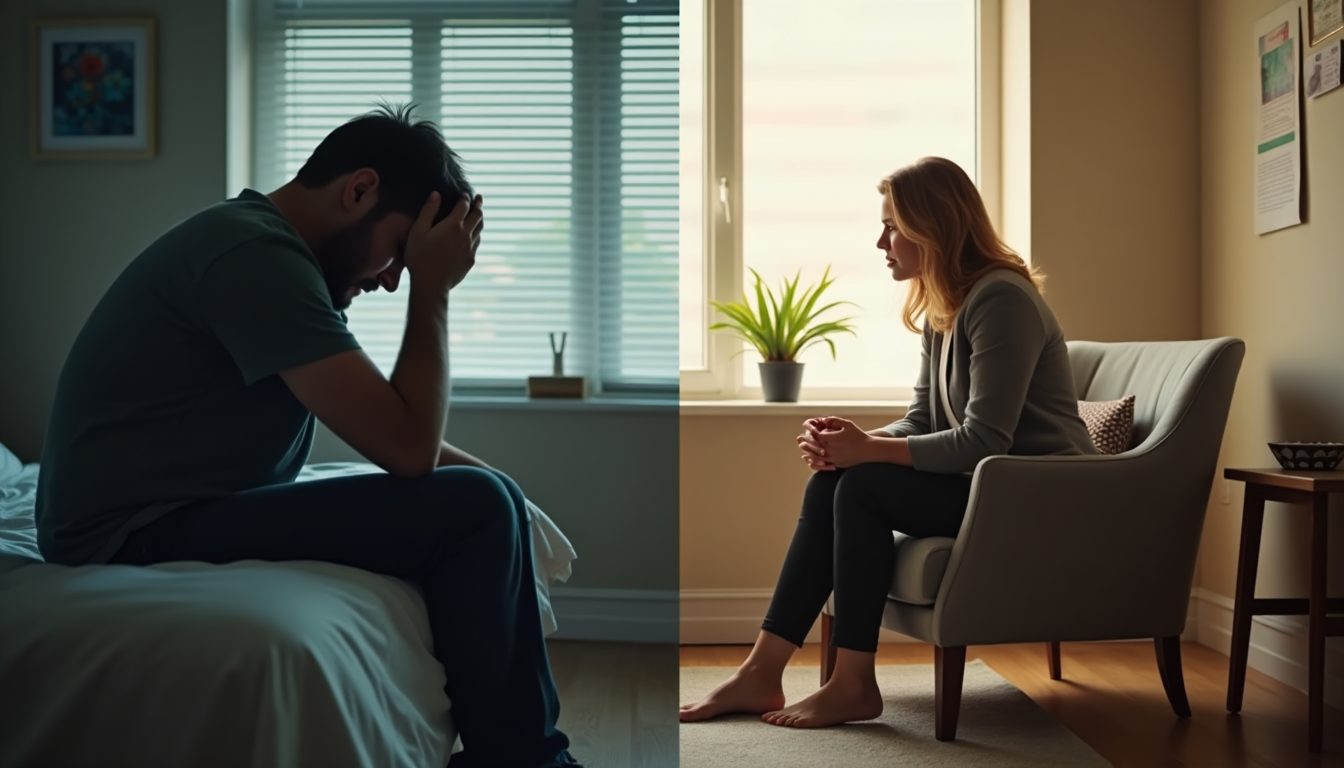Mental Health Treatment: What Therapists Don’t Tell You About Getting Started
Mental illness affected one in five adults before COVID-19 hit. Many people still hesitate to take their first step toward recovery. The good news is that mental health treatment works. People can manage their conditions and lead productive lives with proper care.
Recovery has become possible for many people through therapy, medication, or both. The law now requires most health plans to cover mental health services. Treatment is available at outpatient programs and facilities of all types.
This piece gives you everything you need to know about starting mental health treatment. You’ll learn to spot early warning signs, understand your care options, and handle the costs involved.
Common Signs You Need Mental Health Help
Mental health conditions touch millions of lives. Research shows half of all mental illnesses start by age 14, and three-quarters emerge by age 24. People who spot warning signs early can get treatment faster and see better results.
Physical symptoms to watch for
Your body often shows signs of mental health challenges before emotional symptoms appear. Many people experience unexplained aches and pains throughout their body as common indicators. These may include:
- Headaches and stomach problems that won’t go away
- Major changes in sleep patterns or appetite
- Feeling tired all the time despite getting enough rest
- Tight muscles and physical discomfort with no clear cause
Sleep and eating patterns that change dramatically can point to mental health concerns. Studies show that poor sleep links to higher risks of depression and suicidal thoughts.
Emotional red flags
Changes in mood and behavior often signal mental health conditions. Studies reveal anxiety disorders affect one in three teens, while major depressive episodes touch one in five each year. Watch for these emotional warning signs:
- Too many fears, worries, or guilty feelings
- Quick changes between feeling high and low
- Sadness that lasts more than two weeks
- Getting irritated or angry more easily
- Problems focusing or making choices
Youth ages 6 to 24 visited psychiatric emergency departments 28% more often between 2011 and 2015. Suicide-related visits more than doubled during this time.
When daily life becomes difficult
Mental health challenges can disrupt many parts of your life. The World Health Organization reports these conditions can strain relationships with family, friends, and community members. Your daily life might feel harder if you notice:
- Worse performance at work or school
- Pulling away from activities you used to enjoy
- Trouble keeping up with relationships
- Hard time with simple self-care tasks
- Difficulty finishing familiar tasks
People with severe mental health conditions live 10 to 20 years less than others. Studies also show that almost one in three people with long-term physical health issues develop mental health problems – usually depression or anxiety.
Getting help early reduces how severe illness becomes and limits life disruptions. Mental health facilities and outpatient programs offer different ways to tackle these challenges. You should see a professional if you have several symptoms lasting more than two weeks, especially if they affect your daily activities.
Mental health challenges and substance abuse often go hand in hand, each making the other worse. The National College Health Assessment found many students felt exhausted, lonely, and overwhelmed. Depression affected 20.2% of students, while 27.8% faced anxiety that hurt their studies.
Mental health treatment centers provide expert care for these challenges. Knowing these warning signs helps people get the right help before symptoms get worse. Mental health experts say most mental illnesses don’t improve on their own and typically worsen without treatment.
First Steps to Getting Mental Health Care
The path to mental health care needs good planning and a clear understanding of available resources. Research shows that finding the right mental health professional substantially affects treatment success.
Talking to your primary doctor
Primary care physicians are usually the first stop for mental health concerns. Mental health and physical well-being are closely connected, so doctors screen for underlying medical conditions that might contribute to symptoms. They can then provide referrals to mental health specialists based on specific needs.
During your first consultation, doctors review symptoms through standardized screening tools. Many physicians use the PHQ-9 questionnaire to review depression symptoms. This assessment helps them determine if you need specialized mental health care.
Finding the right specialist
You should think over several factors when choosing mental health providers:
- Professional qualifications and expertise in treating specific conditions
- Insurance coverage and payment options
- Office location and scheduling flexibility
- Treatment approaches and philosophy

